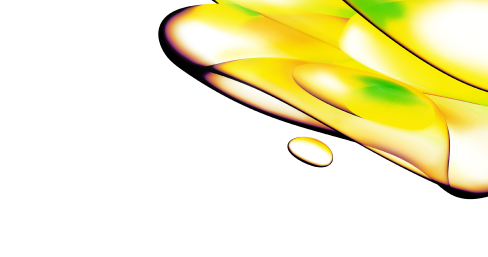Resource Center
Explore Resource Types
We have housed the technical documents (SDS, COAs, Manuals and more) in a dedicated section.
Explore all All Resources
Filters
Select resource types
Select products & services
Select solutions (2)
Active Filters (2)
Clear All
37 - 48 of 84 Results
Sort by:
Best Match
AlphaLISA assay development guide
A few simple steps are needed to develop an AlphaLISA™ analyte assay. This protocol is the starting point for the development of all AlphaLISA assays.
Discover alpha technology: illuminating protein interactions
Explore Alpha Technology: Illuminate protein interactions with no-wash assays. Discover large complexes and versatile targets.
User’s guide: Alpha protein:protein interaction assays
Explore AlphaScreen™ and AlphaLISA™ assays—where proximity meets luminescence. Discover protein interactions in a microplate format.
AlphaLISA G9a Histone H3-Lysine N-methyltransferase assay
In this technical note discover how The AlphaLISA assay detects di-methylation of a biotinylated Histone H3 (1-21) peptide at lysine 9.
AlphaLISA EZH2 Histone H3-Lysine 27 N-methyltransferase assay
AlphaLISA assay detects dimethylation of a biotinylated Histone H3 (21-44) peptide at lysine 27. It uses anti-di/mono-methyl-Histone H3 Lysine 27 (H3K27me2-1) as the detection antibody
AlphaLISA SIRT1 Histone H3-Lysine 4 deacetylase assay
This AlphaLISA immunodetection assay measures the deacetylation of a biotinylated Histone H3 (1-21) peptide acetylated at lysine 4.
DepleteX™ Globin Depletion Kit
Remove contaminating globin fragments for RNA-Seq
A Rapid, Label-Free, In Situ Assay Method for Cell Proliferation and Drug Toxicity
A Rapid, Label-Free, In Situ Assay Method for Cell Proliferation and Drug Toxicity
Why using cell line-derived reference material is critical for reliable genetic testing in oncology
This white paper explains the importance of using cell line-derived reference materials for genetic testing in oncology.
Comparative analysis of DNA quantification methods for gDNA and ctDNA reference standards.
In this technical note, we investigate how different methods for quantifying our gDNA and ctDNA reference standards can yield varying results.
AlphaLISA KAT5 (TIP60) assay
This AlphaLISA™ immunodetection assay measures the acetylation of a Histone H4 (1-25) peptide at the N-terminal lysine residues.


Looking for technical documents?
Find the technical documents you need, ASAP, in our easy-to-search library.




























